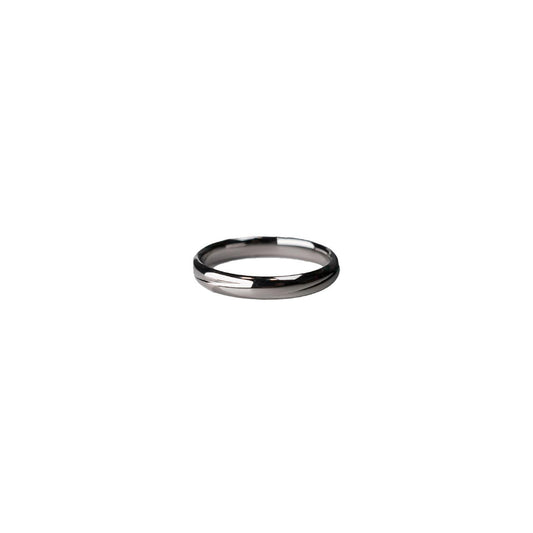Is Platinum More Expensive Than White Gold
Is Platinum More Expensive Than White Gold
Last winter, as I was warming up by the fireplace with a cup of chamomile tea, my sister called to rave about her newly purchased engagement ring. Being the jewelry enthusiast of the family, she prided herself on knowing the nuances between different metals. "It's platinum," she stated, with a tinge of pride that made me think back to a night in college when she confessed her love for all things shiny. Her excitement was infectious, but it also made me curious about why platinum was considered such a luxurious choice over white gold.
Platinum, a dense and durable metal, finds its fame not just from its naturally white sheen but also from its rarity. It's interesting to note that platinum is about thirty times rarer than gold. Imagine walking into a store and seeing two shelves—one filled to the brim with gold, and one with just a few bars of platinum. The scarcity alone often accounts for its elevated price point. But it's not just about rarity; there's more beneath the surface.
In contrast, white gold is an alloy, typically mixed with metals like nickel or palladium, and then coated with rhodium to give it that vibrant shine. Despite this, it's worth mentioning that white gold can have its own charm, and it's often lighter and less expensive than platinum. For those who appreciate a touch of tradition mixed with modern chic, white gold has a hold in the jewelry market that can't be ignored.
Beyond their physical properties, there's a rich cultural tapestry woven into these two metals. Platinum has long been the metal of choice for those wanting to make a statement. Think about the Great Gatsby era, where opulence was as much in the air as the jazz music playing in the background. Platinum was all the rage, synonymous with wealth and sophistication. In our current era, platinum maintains this allure, often seen as a testament to everlasting love—a bit like the promise of forever.
White gold, on the other hand, has a more approachable vibe. It's a bit like that one friend whose wardrobe might have been curated from a dozen different places but still looks impeccably cohesive. Unlike platinum, which tends to stand firm no matter the occasion, white gold offers a bit more flexibility. Its affordability allows people to experiment with styles and trends without feeling like they've invested a small fortune.
But here's where I found myself getting genuinely intrigued: maintenance. Over time, white gold might require periodic re-plating to maintain its finish. It's kind of like looking after a vintage car—worth every bit of effort if you love the piece. While platinum, immune to color change, develops a natural patina that many find charming.
In the end, whether platinum is more expensive than white gold isn't just about the digits. It's a dance between personal taste, the historical gravitas of the metals, and what they represent to each wearer. As I hung up the phone with my sister that evening, I found myself musing about the nature of luxury and how, sometimes, the stories behind these metals hold as much weight as the metals themselves. Isn't it funny how something so shiny can reflect our own values and tastes?

























